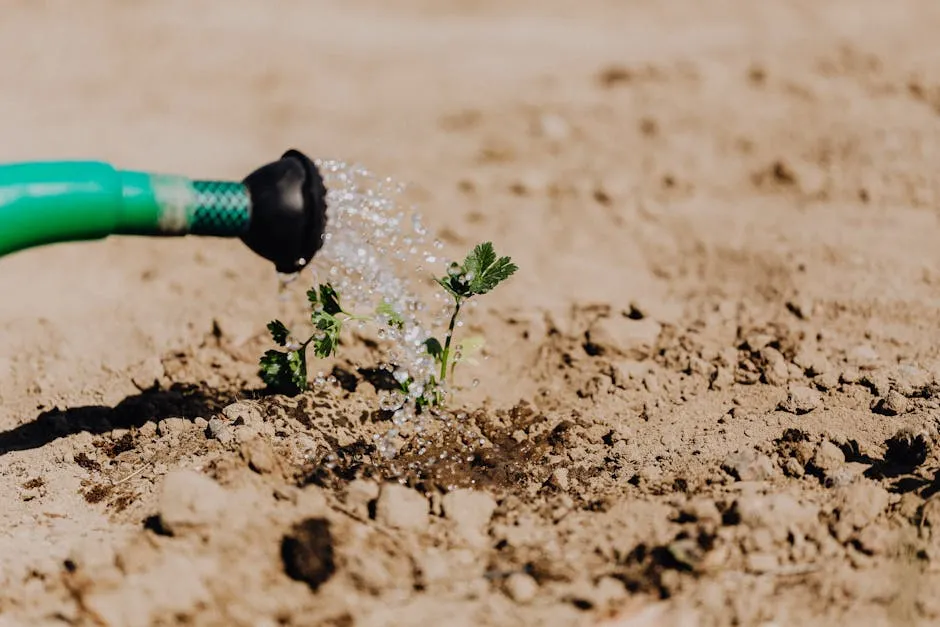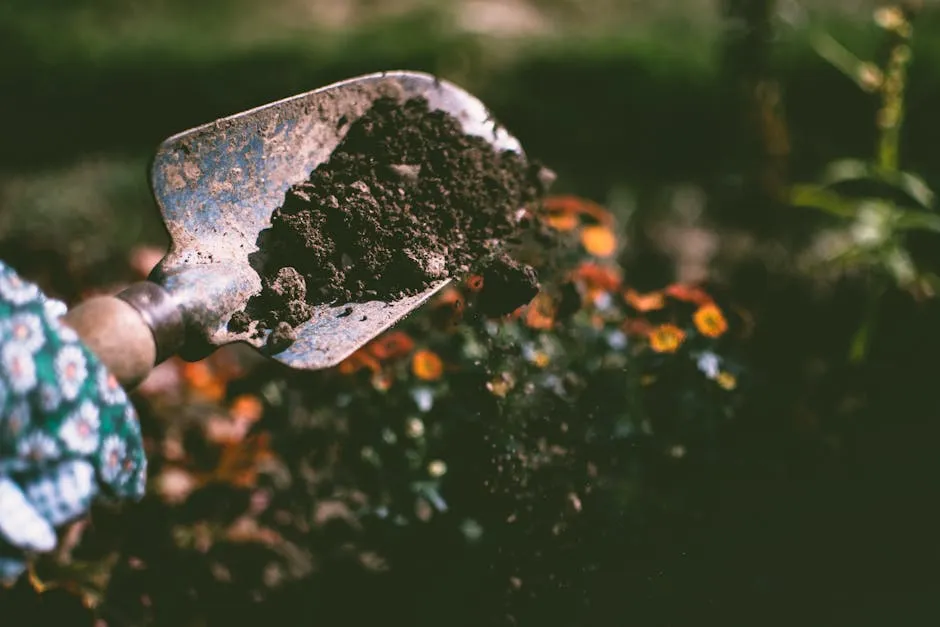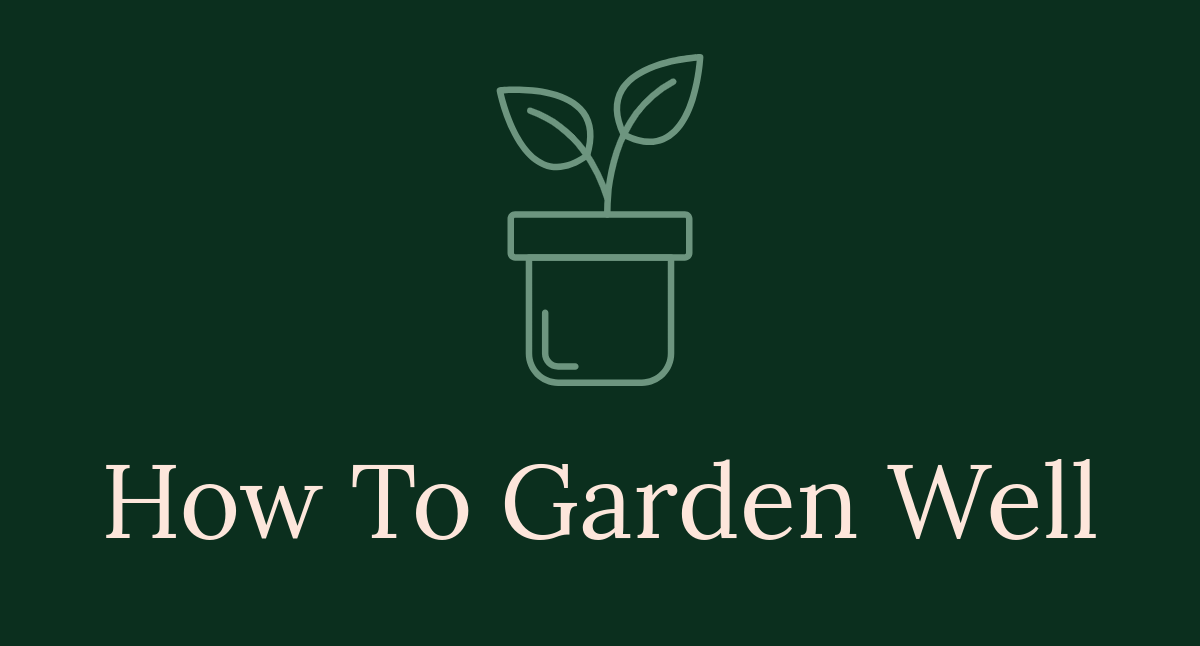

The Ultimate Guide to Plant Identifiers: Unlocking the World of Flora
Introduction
In a world filled with vibrant greens, blooming flowers, and fragrant herbs, identifying plants can often feel like deciphering a secret language. Whether you’re a budding botanist, a gardening enthusiast, or simply someone who wants to impress friends with your plant knowledge, a plant identifier can be your best friend. Imagine strolling through a garden, confidently naming the flora around you, or even discovering a rare plant on your hike. With technology at our fingertips, plant identification has never been easier or more accessible.
But how do you choose the right tool? Which features should you look for? This guide will explore the fascinating world of plant identifiers, providing you with everything you need to know to become a plant identification pro. From mobile apps to online databases, we’ll cover popular resources that make plant identification a breeze. One such app is PlantSnap, which allows you to identify plants with just a snap of your camera.
We’ll also discuss tips for using these tools effectively, enhancing your gardening skills, and connecting with nature in a more meaningful way. There’s an exciting range of plant identifiers out there, each offering unique features and benefits. So, whether you’re looking to identify a pesky weed or a stunning flower, this guide will equip you with the knowledge you need.
So, grab your smartphone or notebook, and get ready to unlock the secrets of plant identification. You’ll be ready to impress friends and family with your newfound expertise in no time! Get ready to dive into the leafy universe of plant identifiers, where every leaf tells a story and every flower has a name.

Summary Section
This comprehensive guide will cover the world of plant identifiers, covering several key points:
- What is a Plant Identifier? – Understanding the basic concept and purpose of plant identification tools.
- Types of Plant Identifiers – From mobile apps to online databases, we’ll explore various methods to identify plants.
- Top Plant Identification Tools – A breakdown of popular tools like Pl@ntNet, PictureThis, and resources from botanical gardens.
- How to Use Plant Identifiers Effectively – Tips for taking quality photos, selecting the right flora, and interpreting results.
- Benefits of Using Plant Identifiers – Enhancing your gardening skills, contributing to biodiversity data, and fostering a deeper connection with nature.
- Challenges and Limitations – Recognizing that not all tools are perfect and understanding potential pitfalls in plant identification.
- Future Trends in Plant Identification – Exploring advancements in AI and machine learning that could revolutionize plant identification.
By the end of this guide, you’ll have a thorough understanding of how plant identifiers work and how to effectively utilize them to enhance your knowledge and appreciation of the botanical world.

What is a Plant Identifier?
A plant identifier is a tool that helps you recognize plants based on their characteristics. Imagine strolling through a garden, wondering about that vibrant flower or leafy green. Plant identifiers come to the rescue! They allow you to identify plants using images, descriptions, or even community input. With the rise of gardening and nature appreciation, these tools have become essential for enthusiasts and professionals alike. They save time and eliminate guesswork. Plus, they make learning about flora a fun adventure!
Historically, identifying plants was a laborious task. Botanists would rely on field guides, manuals, and their knowledge of plant families. Imagine flipping through countless pages, searching for that one specific plant. It was like a game of botanical bingo! Local experts or community groups often played a crucial role, sharing knowledge and insights. But thanks to technology, we now have a multitude of digital resources at our fingertips, simplifying the identification process. These advancements not only make it easier to recognize plants, but they also enhance our connection to nature.
Understanding the role of a plant identifier is crucial for anyone interested in botany. Learn more about plant identifiers here.

Types of Plant Identifiers
When it comes to plant identification, there are several types of tools available. Mobile apps, online databases, and community forums are among the most popular.
Mobile apps have surged in popularity due to their convenience. Apps like PictureThis allow users to snap a picture of a plant and receive instant identification. PlantSnap boasts a database of over 600,000 species, while PictureThis offers a user-friendly interface and plant care tips. These apps make it easy to identify plants while you’re on the go, whether you’re hiking, gardening, or simply curious.
Online databases are another fantastic resource. The Missouri Botanical Garden’s Plant Finder is a prime example. It allows users to search for plants by name or characteristics, providing detailed information about each specimen. The Royal Horticultural Society (RHS) also offers an extensive searchable database, making it easy to find specific plants based on various criteria.
Community forums are invaluable for enthusiasts looking to share knowledge. Websites like Reddit and specialized gardening forums allow users to post photos and ask for help in identifying plants. These platforms foster a sense of community, where experienced gardeners and newcomers alike can learn from each other.

Top Plant Identification Tools
Pl@ntNet is one of the leading identification tools available today. This app allows users to upload photos of plants, which are then identified using a vast database. Its user interface is intuitive and easy to navigate, making it accessible for everyone. Pl@ntNet is particularly effective because it organizes plants into regional and thematic floras, allowing for more accurate identification based on where you are. Users can contribute observations, enhancing the database and engaging with other plant lovers.
PictureThis is another standout app. It not only identifies plants but also provides detailed information about care, growth habits, and potential pests. Users rave about its accuracy and the extensive database, which includes various plant types, from household favorites to exotic species. The app’s community features allow users to share experiences and tips, creating a supportive environment for plant enthusiasts.
Botanical gardens, like the RHS Plant Finder, serve as invaluable resources for plant identification. Their extensive collections and knowledgeable staff offer opportunities for hands-on learning. The garden’s Plant Finder tool allows users to search over 7,500 plants, making it a fantastic resource for gardeners and nature lovers alike.
In comparing these tools, each has its strengths. Pl@ntNet is great for quick identification, while PictureThis excels in providing detailed plant care information. Botanical gardens offer a more traditional, hands-on approach to learning about plants. Ultimately, the best tool depends on your needs and preferences. Each option contributes to a greater understanding of the plant kingdom, fostering your love for nature and gardening.

How to Use Plant Identifiers Effectively
Using plant identifiers can be as easy as pie—if you know the tricks! Let’s break down the essentials for getting the most out of these tools.
Taking Quality Photos
First things first, photos are your best friends! To ensure accurate identifications, snap pictures from multiple angles. Capture the entire plant, including leaves, flowers, and any unique features. If you’re dealing with a tree, take a picture of the trunk and bark too. Natural light is your ally—avoid harsh shadows. A clear background helps too, so keep it simple. Remember, the clearer your photo, the happier your plant identifier will be!
Choosing the Right Flora
Now, let’s talk about flora selection. Picking the right regional flora is crucial. Identifiers often have options for various regions. If you’re unsure, go for the “World flora” option. However, this might lead to less accurate results. If you live in a specific area, select a flora that matches your location. For example, Pl@ntNet allows users to choose from specific regional floras, increasing the chances of accurate identification. The more localized your search, the better your results!
Interpreting Results
You’ve taken the photos and selected your flora. Now what? Understanding the data provided by identifiers is key. When results pop up, pay attention to the suggested species. Look at the visual similarities and any provided descriptions. Sometimes, you might get multiple suggestions. Don’t panic! Compare features like leaf shape, flower color, and growth patterns. Cross-reference with other resources if needed. Remember, plant identifiers are tools, not absolute authorities. Use your judgment!

Benefits of Using Plant Identifiers
Plant identifiers are not just fun gadgets; they offer genuine benefits that can enhance your gardening experience.
Enhancing Gardening Skills
First and foremost, these tools sharpen your gardening skills. By identifying plants correctly, you can learn about their specific care requirements. This knowledge empowers you to make informed decisions in your garden. Whether it’s watering, pruning, or fertilizing, understanding what you’re growing leads to a flourishing garden. Plus, showing off your newly acquired plant knowledge to friends? Priceless!
Contributing to Biodiversity Data
When you identify plants, you’re not just helping yourself. You contribute to biodiversity data! Many platforms encourage users to share their observations. This collective effort helps scientists track plant species and their distributions. Your contribution can play a part in conservation efforts. Imagine being a tiny cog in the grand wheel of ecological awareness!
Connection with Nature
Last but not least, using plant identifiers fosters a deeper connection with nature. Identifying plants transforms a simple walk in the park into a mini-adventure. You start noticing the details—the way leaves shimmer in the sunlight or how flowers attract busy bees. This curiosity nurtures appreciation for the environment. The more you learn, the more you want to protect our precious planet. So go ahead, grab that app or book, and get to know the green friends around you!
To further enhance your gardening journey, consider investing in an Indoor Plant Care Kit. This kit can help you take your plant care skills to the next level, ensuring your green companions thrive.

Challenges and Limitations
Plant identifiers are fantastic tools, but they’re not without their flaws. One major concern is accuracy. Technology can sometimes fall short, leading to mismatched identifications. Imagine confidently telling friends about a rare flower, only to find it’s a common weed! Misidentifications can stem from poor-quality images, similar-looking species, or insufficient data in the database. While many apps like Pl@ntNet and PictureThis strive for accuracy, they rely on algorithms that aren’t foolproof. Users may inadvertently select the wrong plant due to overlapping characteristics.
Moreover, the sheer variety of plants adds another layer of complexity. Certain plants can look strikingly similar, making accurate identification a game of botanical poker. Even seasoned botanists can find themselves second-guessing their expertise. So, while plant identifiers are helpful, take their suggestions with a grain of salt. Always cross-reference with other sources when possible.
Another challenge lies in the dependence on user input. Many plant identification platforms thrive on community contributions. Users upload images and share observations, which enhances the collective knowledge base. However, this reliance can lead to inconsistencies. If someone uploads a blurry or misleading photo, it could confuse others. Additionally, the quality of user contributions can vary immensely. Not every enthusiast is a seasoned expert. Thus, while user-generated data enriches databases, it also introduces potential inaccuracies.
In essence, while plant identifiers are revolutionary, they require a discerning eye. Understanding their limitations is key to using them effectively. Embrace the quirks, and remember: even technology has its off days.

Future Trends in Plant Identification
As technology evolves, so does plant identification. The future seems bright, especially with advancements in AI. Machine learning is transforming the landscape of plant identification. Algorithms now learn from vast datasets of plant images, improving their accuracy over time. This means that the more people use these tools, the smarter they become. Imagine an app that not only identifies plants but also predicts their health based on environmental conditions.
Augmented reality (AR) is another exciting frontier. Picture this: you stroll through a garden, and with a simple scan, your smartphone overlays detailed information about each plant. AR can turn any garden into an interactive learning experience. You could point your device at a flower and see its care tips, growth patterns, and even its role in the ecosystem. This technology could revolutionize educational tools, making learning about plants engaging and accessible.
Moreover, integration with educational platforms is on the rise. Imagine school curriculums that incorporate plant identification apps. Students could learn botany by exploring local flora, making lessons more hands-on and enjoyable. Schools could organize field trips where students use their devices to identify plants, combining technology with outdoor learning.
In summary, the future of plant identification is all about enhancement and integration. With AI innovations and AR capabilities, identifying plants could become not just a task but an enriching experience. As we embrace these changes, the relationship between humans and nature will deepen, fostering a greater appreciation for the botanical world. Get ready to step into a future where plant identification is smarter, more interactive, and incredibly fun!

Conclusion
In summary, plant identifiers are invaluable tools for anyone eager to enhance their understanding of the natural world. Whether you’re a casual gardener or a professional botanist, these resources are essential. They not only help in identifying plants but also cultivate a deeper appreciation for biodiversity. Picture yourself wandering through a vibrant garden, confidently naming the flora around you. That’s the magic of plant identifiers!
As technology continues to advance, the future of plant identification looks incredibly bright. Expect more precise and accessible tools to emerge, making identification even easier. With apps like Pl@ntNet and PictureThis, you’re just a snapshot away from knowing your local flora. Imagine the joy of discovering a rare plant on your hike or impressing friends with your newfound knowledge. So, grab your smartphone or visit your favorite botanical garden.
Your journey to becoming a plant identification expert awaits! Embrace these tools and join the growing community of plant enthusiasts. The world of plants is vast, colorful, and filled with stories waiting to be unlocked. Let your curiosity guide you as you explore the amazing diversity of our planet’s flora. Happy identifying!
And don’t forget to equip yourself with some essential gardening tools like a Gardening Tools Set to make your gardening journey even more enjoyable.

FAQs
What is the best plant identification app?
When it comes to top-rated plant identification apps, several stand out. Pl@ntNet shines for its extensive regional databases, allowing users to identify plants with ease. PictureThis is another favorite, offering not just identification but also care tips. Both apps utilize user-friendly interfaces and have large image databases, making them accessible to everyone.
Can I identify plants without an app?
Absolutely! You can still identify plants using traditional methods. Field guides are excellent resources, often packed with detailed illustrations and descriptions. Consulting local experts or joining plant-focused community groups can also provide invaluable insights. Sometimes a good old-fashioned book is all you need!
Are plant identifiers accurate?
Plant identifiers can be surprisingly accurate, but they’re not infallible. Factors influencing accuracy include image quality and the similarity between species. While tools like Pl@ntNet strive for precision, it’s always wise to cross-reference with additional sources for confirmation.
Do I need an internet connection to use plant identification tools?
Many plant identification apps have offline capabilities. For instance, PictureThis allows users to save plant databases for use without an internet connection. However, some features may require an internet connection for optimal functionality.
How can I contribute to plant identification databases?
Many platforms encourage users to share their findings. By uploading photos and observations through apps like Pl@ntNet, you can help enhance community knowledge. Your contributions can assist researchers and fellow enthusiasts in understanding plant biodiversity better. It’s a great way to give back to the plant-loving community!
Please let us know what you think about our content by leaving a comment down below!
Thank you for reading till here 🙂
All images from Pexels



